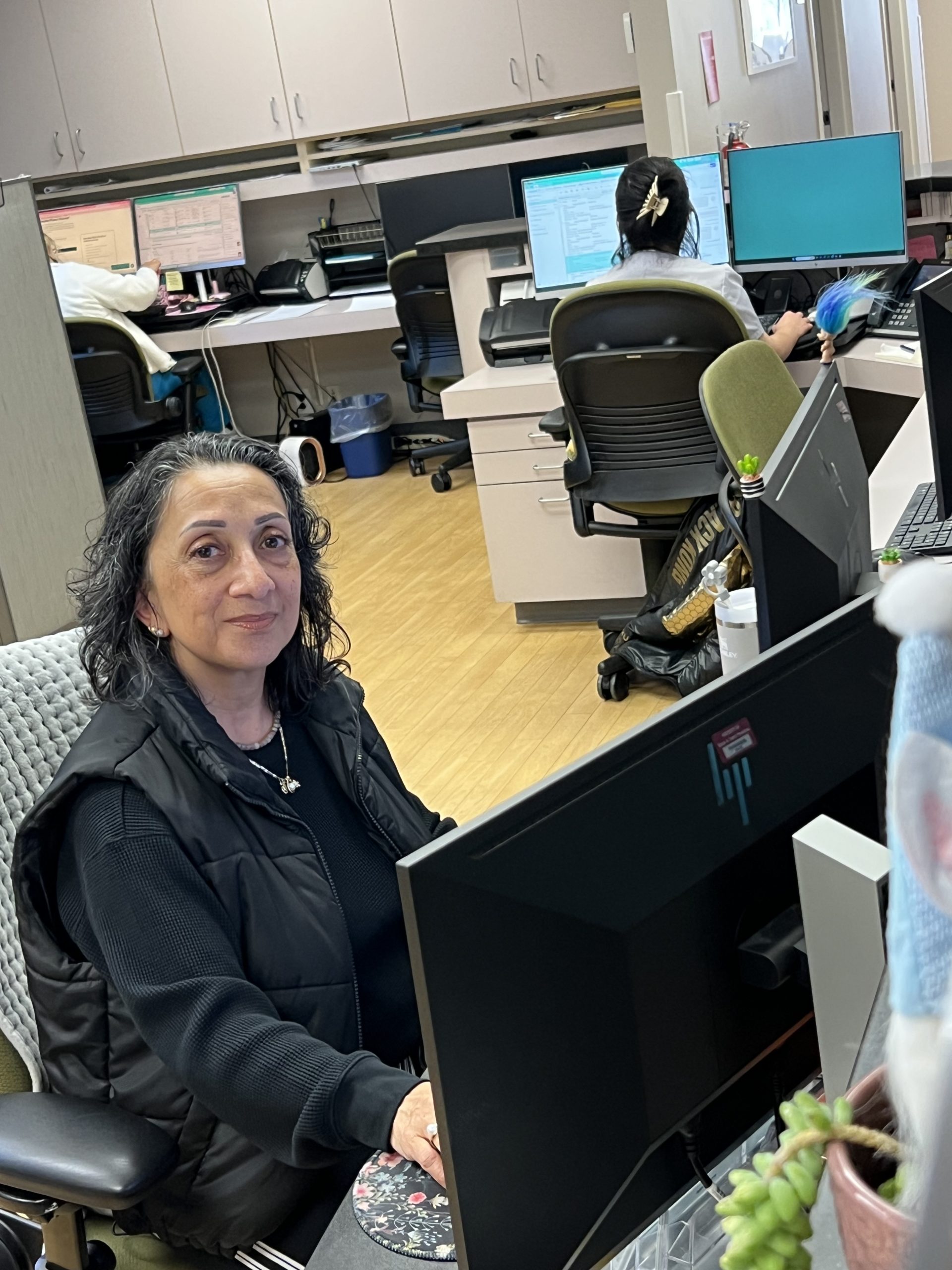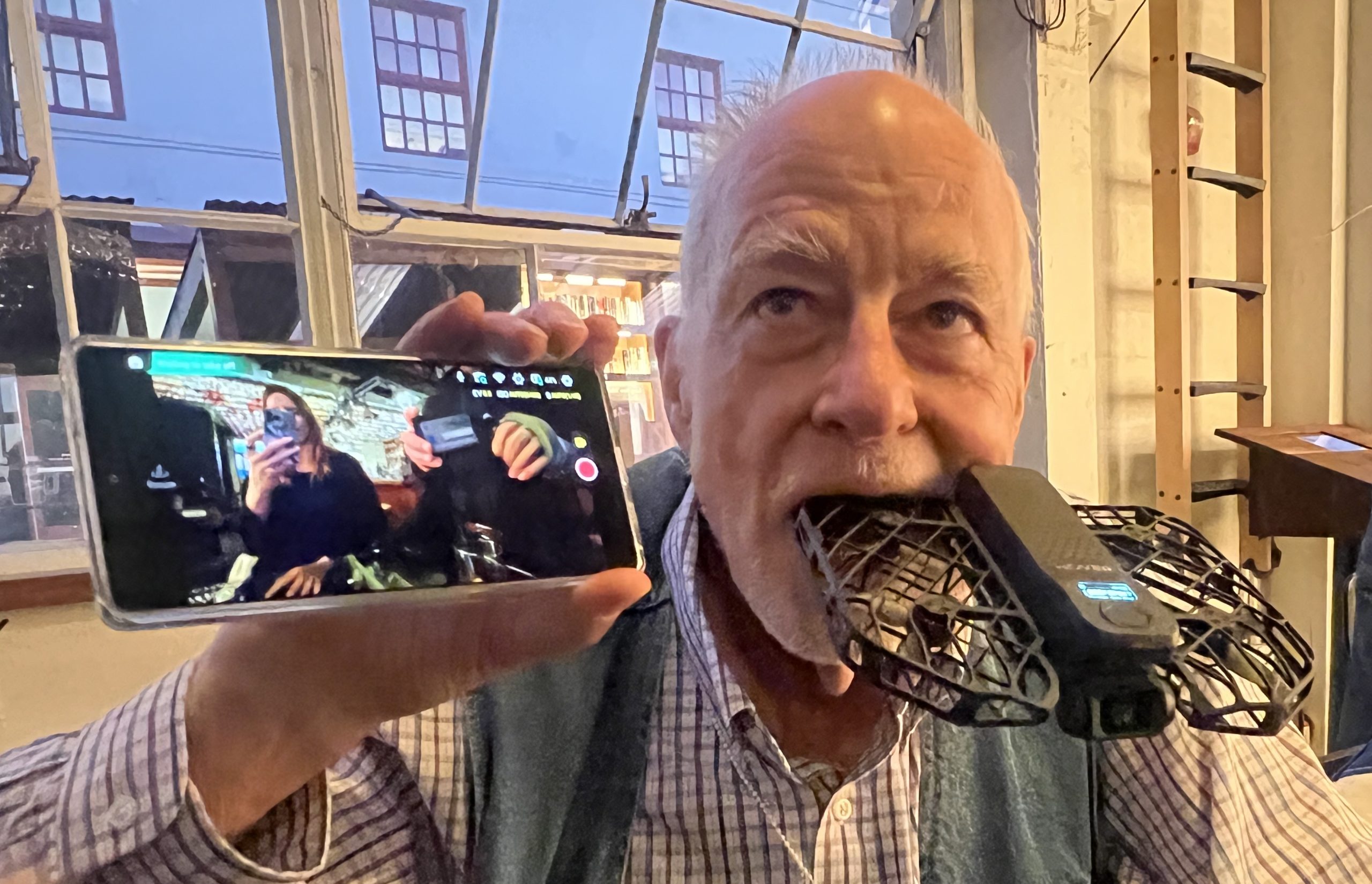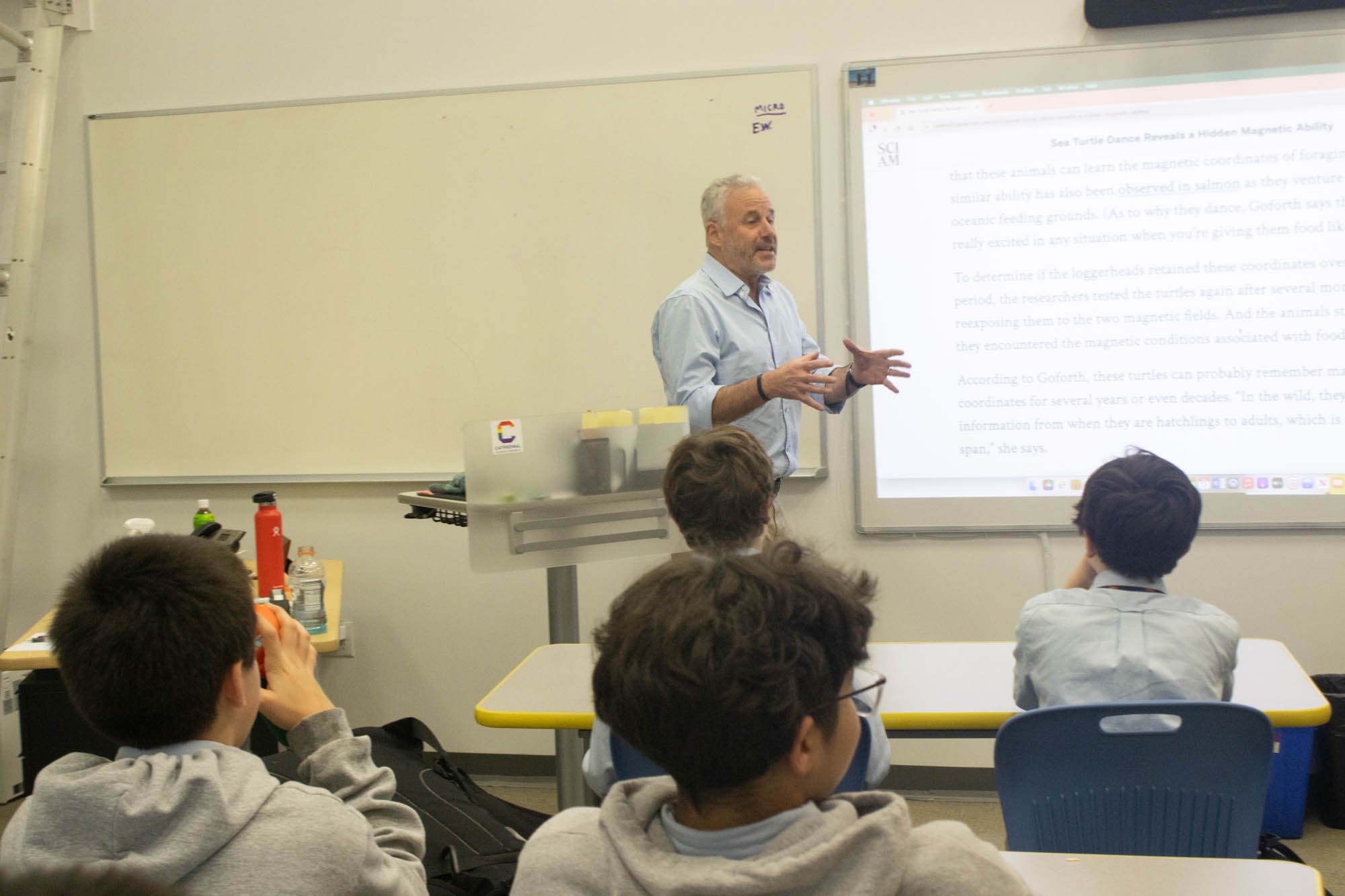Cathedral Hill resident tireless in efforts to keep Van Ness corridor development sane and safe
Marlayne Morgan learned about pay disparities between men and women on a research project in graduate school. She learned how to build coalitions to improve conditions for workers during a 20-year career in labor relations.
And having lived in San Francisco for 40 years, “where you actually walk through both safe and edgy neighborhoods, take transit and support local businesses rather than spending your life negotiating freeways,” she’s learned the importance of land-use decisions.
Pulling on all that experience, she’s been creating community coalitions to make the city safer, cleaner, healthier, less expensive, more accessible and more enjoyable. She works on multiple projects simultaneously: She is co-founder of the Van Ness Corridor Coalition, served as vice president of the Coalition for San Francisco Neighborhoods and presides as president of the Cathedral Hill Neighborhood Association. Most recently she has become a key team member in RescueSF, an organization founded to end homelessness in San Francisco.
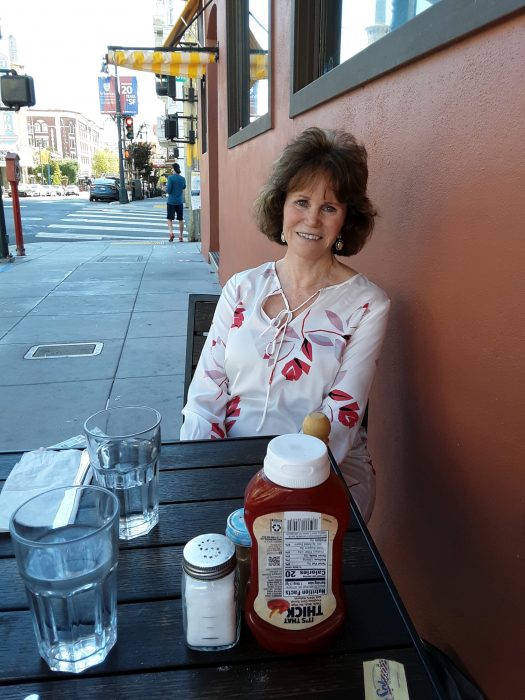
Co-founding the Van Ness Corridor Coalition is one of her recent ventures. The nine-member group is devoted to mitigating the impacts of development – business, institutional, housing and transportation – on this cross-city boulevard.
“No one has advocated for Van Ness,” Morgan said, “Every neighborhood in this part of the city has Van Ness as a boundary, but there has not been a concerted action to turn Van Ness into a desirable area for all entities— except as a freeway.”
So far, the coalition has advocated for more than 1,000 units of new housing on the corridor, open space through the Civic Center Realm Plan, expansion of the Performing Arts District. and for historically-inspired streetlights for the new Bus Rapid Transit project. And it has developed a work-ready plan to keep Opera Plaza Cinema open as a performing arts venue.
The first battle
Her first successful fight happened right where she lived – in Cathedral Hill, a small section of the Western Addition around St. Mary’s Cathedral. It was during the early 2000s. Massive redevelopment in San Francisco was well underway. California Pacific Medical Center proposed building a 620-bed hospital near the heart of the Hill, at the corner of Geary Boulevard and Van Ness Avenue.
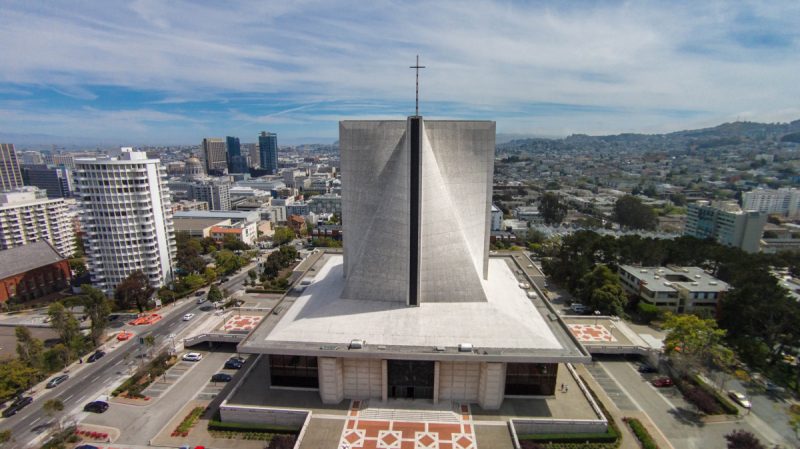
Morgan, a longtime resident of the area, was stunned to hear at a community meeting that the location was chosen because there were fewer residents to fight it, unlike the surrounding wealthier neighborhoods. For Morgan, this was a jaw-dropping assessment: that this long-cherished niche of the city was not a neighborhood nor worth investing in. She warned hospital representatives, “You’ll have a fight on your hands.” And you could fairly say, she started it.
Morgan posted flyers, knocked on doors and emailed neighbors, ultimately co-founding the Cathedral Hill Neighborhood Association in 2006. She partnered with Save St. Luke’s Hospital Coalition, housing developers, patient advocates, environmentalists and labor unions to pare the behemoth project down to 274 beds, with Sutter Health agreeing to expand its hospital in the Mission District, St. Lukes. They also got an $86 million community benefits package, the largest in San Francisco to date.
All the grist she had put into this mill suddenly poured out in bittersweet remembrance as she related the story. A much smaller hospital than originally planned, the 11-story building that opened in early 2019 was still described by local architectural critic John King as “overbearing” for the location.
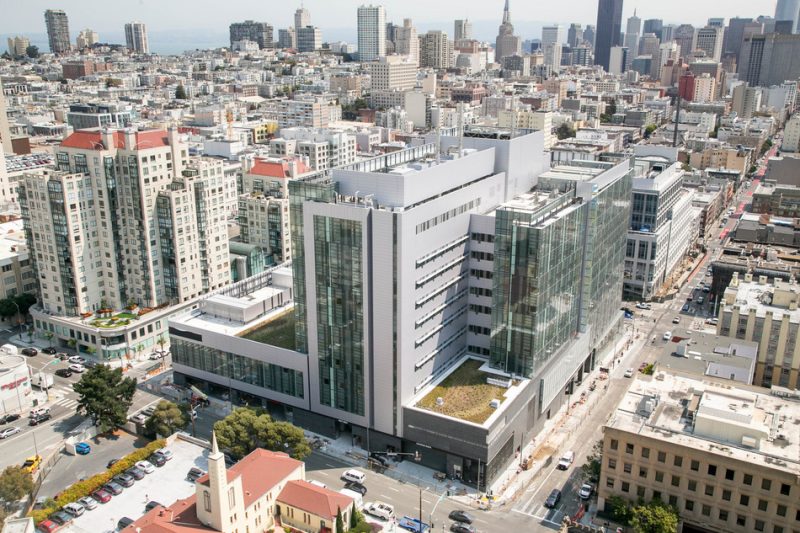
Yet, Morgan was able to walk just one block for a daily visit to a longtime close friend who spent the last two weeks of her life there. On a visceral level, she could feel the results of her labor. Her friend received amazing care in a state-of-the-art setting, Morgan said.
An awakening
Morgan remembers her upbringing in San Diego with two sisters as “uneventful.” Her father was a real estate developer, her mother a homemaker. That was, until she finished her undergraduate studies in English Literature at the University of California Riverside and went on to graduate school in Information Science at San Jose State. She came to know a world not so uneventful.
As part of a graduate school project, she and others were assigned to research and help implement the California Fair Employment Practices Act intended to rectify male-female pay disparities. She found that jobs requiring a master’s degree paid women less than jobs needing only a high school degree for men.” Some jobs were actually classified as “male occupations” or “female occupations,” she said.
This was the inflection point that lead her into employee relations. She questioned why there was even a thing called a “female position” or a “male position.” The job came to a sudden halt with the onset of Prop 13 which defunded this program. She lost her position but not her drive to work in this field.
In 1977 she became the research director for Engineers and Scientists of California, a labor union and trade organization. Later, as a field representative, she rolled her sleeves up and dug into the complexities of contract negotiation and enforcement. In 2000, she was promoted to executive director, honing the art and science of forming coalitions and building consensus with other unions and like-minded individuals. Her focus was the healthcare and utility sectors; she handled large contracts that improved compensation as well as health and safety and benefits.
For Morgan this was real life trail-blazing. “Originally, I was one of the few women working in this field,” she said. “My hire was a nod to the equal rights activism of the 1970s. By the time I retired in 2007, major unions were headed by women.”
Advocating for change
But she wasn’t done. She became a precinct worker on the Obama campaign in 2008. “My proudest moment was when I was selected to fly to Philadelphia to knock on doors.” The deep-set differences between the east and west coasts were an eye-opener, she said.
“I talked to working class families who had their roots in their communities since the 1800’s. As a Californian, I was used to advocating for change. With the help of New Jersey teammates, we were able to break through to traditional voters and help deliver Pennsylvania to Obama.”
Morgan is still fighting the good fight. Two months ago, a good friend and neighbor was killed in a crosswalk on Cathedral Hill, at Geary Boulevard and Gough Street. It wasn’t that far from another pedestrian death on Geary at Laguna Street in Japantown. Devastated neighbors in both neighborhoods worked closely with San Francisco supervisors to prevent further deaths. These two blocks are now declared a special senior zone where speeds are reduced and lives are saved.
When Morgan is not consulting with experts on various projects, she visits with her sisters and family. She also enjoys swimming and hiking and has traveled extensively throughout the states and overseas.
Like most of us, Morgan’s work routine has been curtailed by Covid-19. As she celebrates her 70th birthday, she has adapted but reflects on how this virus will change our city and our world. As Shakespeare said, she quoted, “What is the city but the people?”


